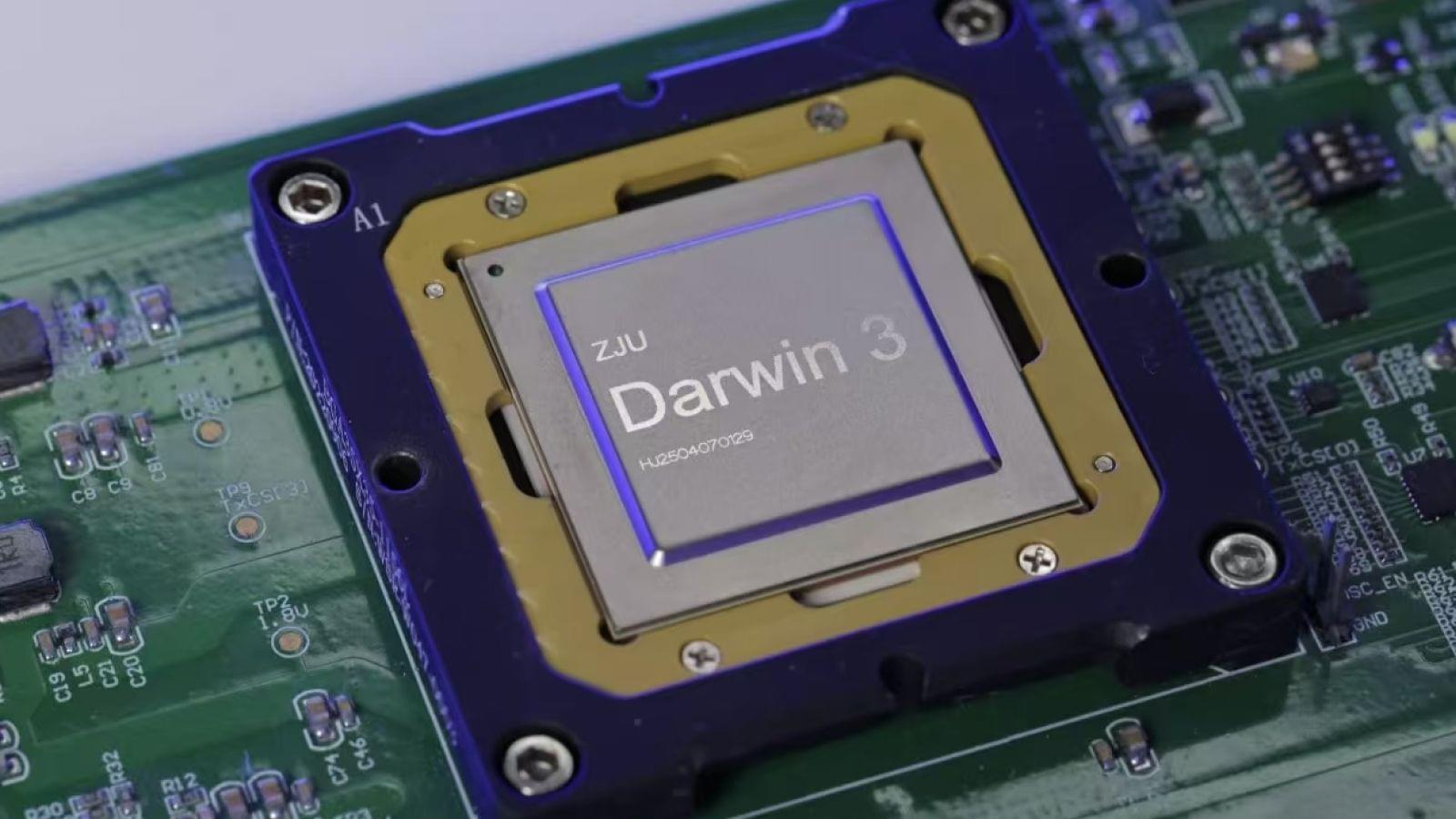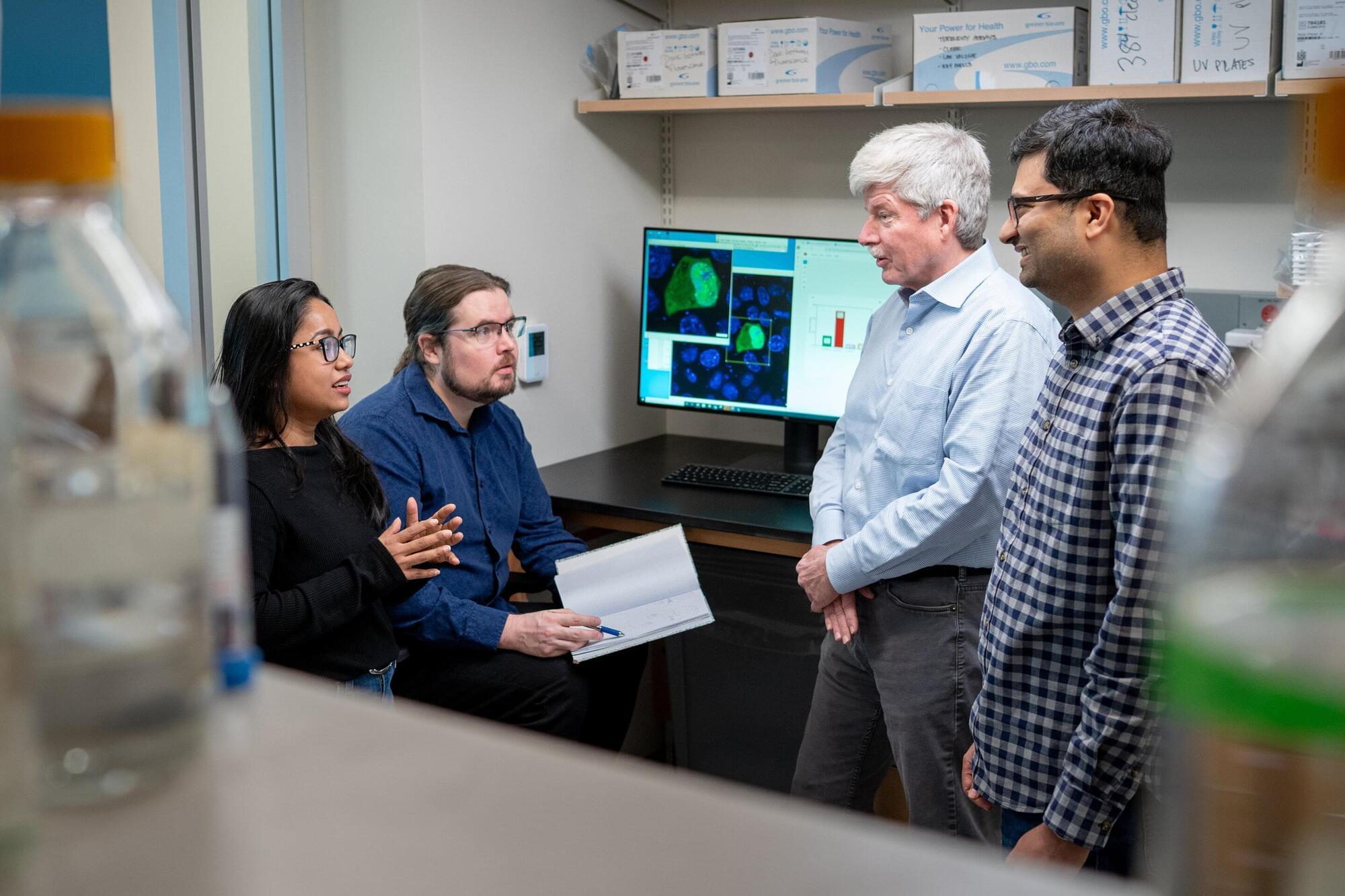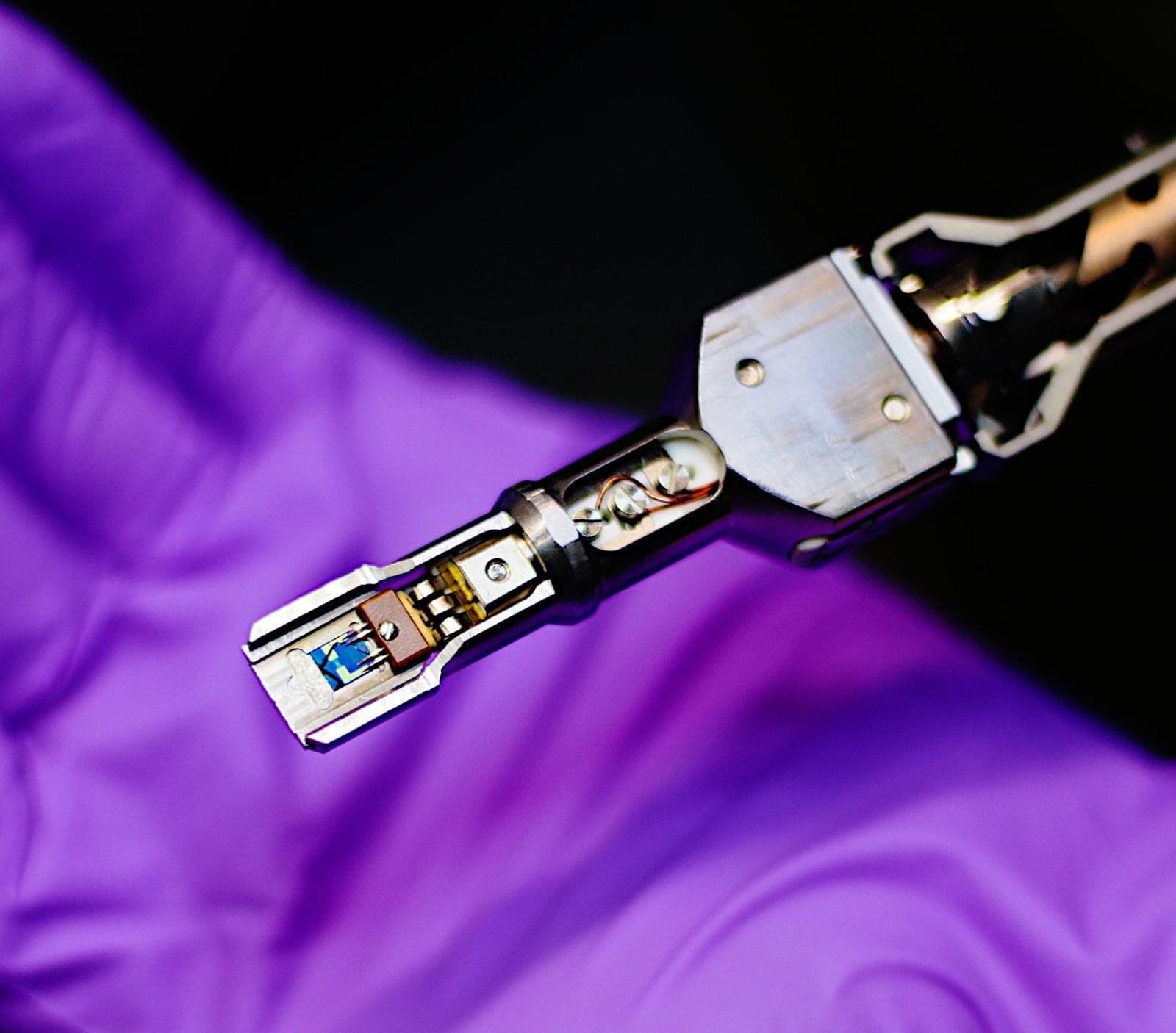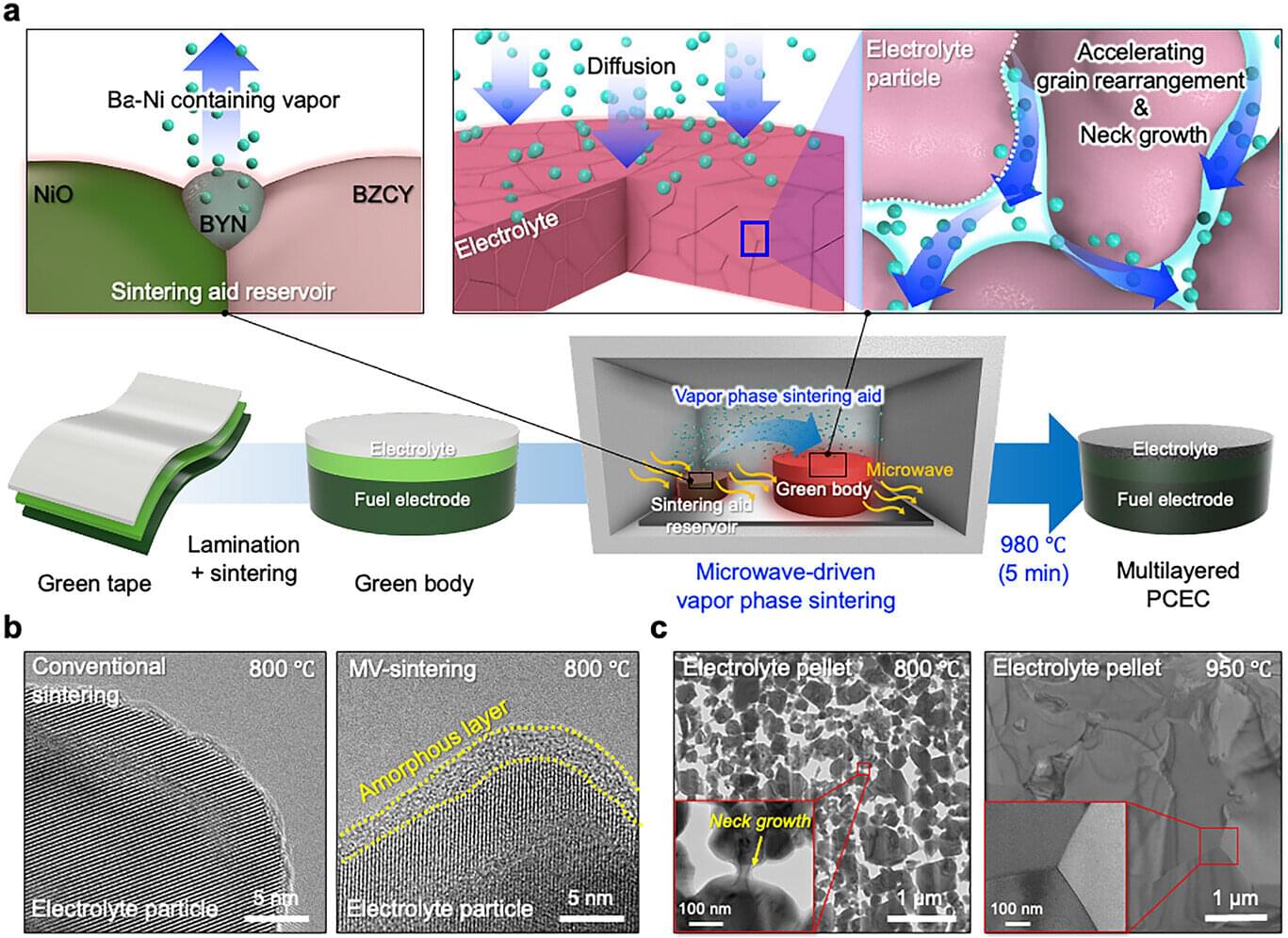Students use AI to write papers, professors use AI to grade them, degrees become meaningless, and tech companies make fortunes. Welcome to the death of higher education.
Category: robotics/AI – Page 4
Theories of EXISTENCE That Could Rewrite Your LIFE | Beeyond Ideas
Let’s unravel the mind-bending dimensions outside OUR reality ♾️ 👉 Grab your free seat to the 2-Day AI Mastermind: https://link.outskill.com/BEYIDEASDEC2🔐…

China’s ‘Darwin Monkey’ is the world’s largest brain-inspired supercomputer
Scientists in China have unveiled a supercomputer built on brain-like architecture — specifically, that of a monkey.
Called Darwin Monkey or “Wukong”, the system features over 2 billion artificial neurons and more than 100 billion synapses, putting it roughly on par with the neural structure of a macaque.


Machine learning reveals how disordered protein regions contribute to cancer-causing condensates
Fusion oncoproteins arise when a gene fuses with another gene and acquires new abilities. Such abilities can include the formation of biomolecular condensates, “droplets” of concentrated proteins, DNA or RNA.
The abnormal molecular condensates formed by fusion oncoproteins can disrupt cellular functions and drive cancer development, but the specific protein features behind this process remain unclear.
Scientists at St. Jude Children’s Research Hospital studied intrinsically disordered regions, unstructured protein segments that are often involved in condensate formation, to determine if they drive fusion oncoproteins to form condensates. They trained a machine learning model, called IDR-Puncta ML, with experimental data from intrinsically disordered regions in fusion oncoproteins to predict the behavior of other such regions.
Artificial Intelligence And The Future Of War
The wars in Ukraine and Gaza have shown the world that a new technology is now affecting the battlefield: artificial intelligence (AI). The Ukrainian and Russian armies are using AI to help locate and identify targets, pilot drones, and support tactical decision-making.

The hexatic phase: Ultra-thin 2D materials in a state between solid and liquid observed for the first time
When ice melts into water, it happens quickly, with the transition from solid to liquid being immediate. However, very thin materials do not adhere to these rules. Instead, an unusual state between solid and liquid arises: the hexatic phase. Researchers at the University of Vienna have now succeeded in directly observing this exotic phase in an atomically thin crystal.
Using state-of-the-art electron microscopy and neural networks, they filmed a silver iodide crystal protected by graphene as it melted. Ultra-thin, two-dimensional materials enabled researchers to directly observe atomic-scale melting processes. The new findings significantly advance the understanding of these phase transitions. Surprisingly, the observations contradict previous predictions—a result now published in Science.
The sudden transition in melting ice is typical of the melting behavior of all three-dimensional materials, from metals and minerals to frozen drinks. However, when a material becomes so thin that it is practically two-dimensional, the rules of melting change dramatically. Between the solid and liquid phases, a new, exotic intermediate phase of matter can arise, known as the “hexatic phase.”

Ceramic electrochemical cell production temperature drops by over 500°C with new method
As power demand surges in the AI era, the protonic ceramic electrochemical cell (PCEC), which can simultaneously produce electricity and hydrogen, is gaining attention as a next-generation energy technology. However, this cell has faced the technical limitation of requiring an ultra-high production temperature of 1,500°C.
A KAIST research team has succeeded in establishing a new manufacturing process that lowers this limit by more than 500°C for the first time.

Iron-on electronic patches enable easy integration of circuits into fabrics
Iron-on patches can repair clothing or add personal flair to backpacks and hats. And now they could power wearable tech, too. Researchers reporting in ACS Applied Materials & Interfaces have combined liquid metal and a heat-activated adhesive to create an electrically conductive patch that bonds to fabric when heated with a hot iron. In demonstrations, circuits ironed onto a square of fabric lit up LEDs and attached an iron-on microphone to a button-up shirt.
“E-textiles and wearable electronics can enable diverse applications from health care and environmental monitoring to robotics and human-machine interfaces. Our work advances this exciting area by creating iron-on soft electronics that can be rapidly and robustly integrated into a wide range of fabrics,” says Michael D. Bartlett, a researcher at Virginia Tech and corresponding author on the study.

Reservoir thermal energy storage offers efficient cooling for data centers
The rise of artificial intelligence, cloud platforms, and data processing is driving a steady increase in global data center electricity consumption. While running computer servers accounts for the largest share of data center energy use, cooling systems come in second—but a new study by researchers at the National Laboratory of the Rockies (NLR), formerly known as NREL, offers a potential solution to reduce peak energy consumption.
Published in Applied Energy, a techno-economic analysis led by Hyunjun Oh, David Sickinger, and Diana Acero-Allard—researchers in NLR’s energy storage and computational science groups—has demonstrated a system to cool data centers more efficiently and cost-effectively.
The approach, called reservoir thermal energy storage (RTES), stores cold energy underground then uses it to cool facilities during peak-demand periods.